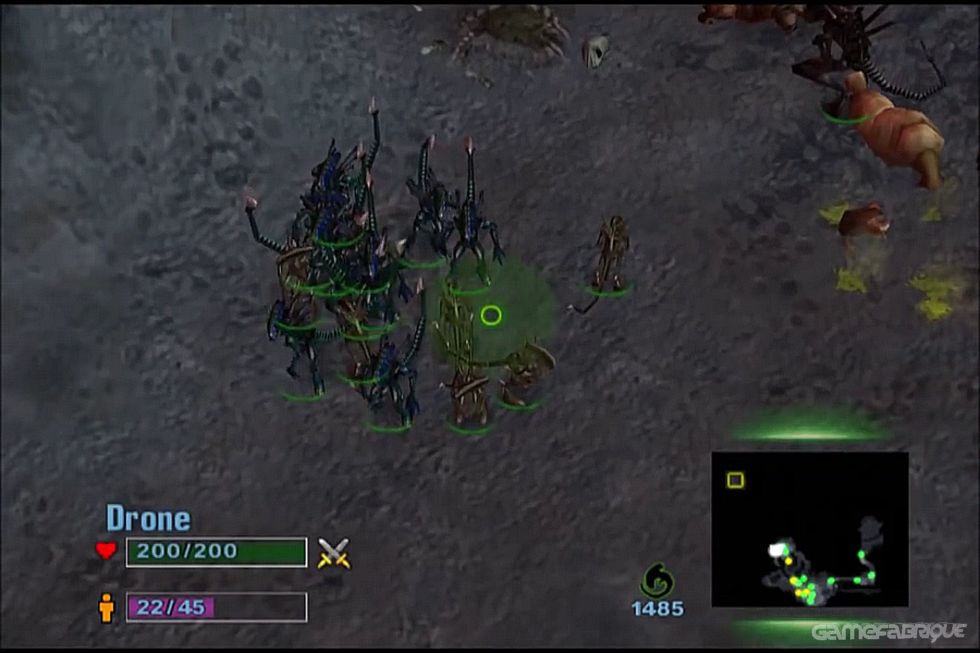

But such efforts have failed to stop the population from concentrating in the capital area. The central government built 10 cities like that to move government agencies and state-run companies out of Seoul and to modernize old towns across the country. This file photo shows the so-called "Innovation City" built in Gimcheon, North Gyeongsang Province.

Above all, there is nothing I can do there, and I am not talking only about jobs." she said. "But I don't think I can go back to Miryang. "I sometimes think that life would have been easier if I lived with my parents," she said. Park said she doesn't have much money left after paying for rent and other necessities. Today, it only has 103,600, with the number decreasing by around 100 people each month. Miryang had more than 250,000 residents in the 1960s. In recent decades, countless other young people have made the same decision to leave their smaller regional cities for Seoul. One Seoul resident, identified only by her surname Park, has been working at a small design company in the capital after leaving her hometown of Miryang, South Gyeongsang Province, in 2015. Meanwhile, an increasing number of small towns are now on the verge of "disappearing." But the population of the capital area is not decreasing, as it continually absorbs more people ― especially young people ― migrating in from other parts of the country. With 0.64 babies born per woman, the city of Seoul has the lowest birth rate in the country, and the number of deaths here has already surpassed the number of births.


 0 kommentar(er)
0 kommentar(er)
